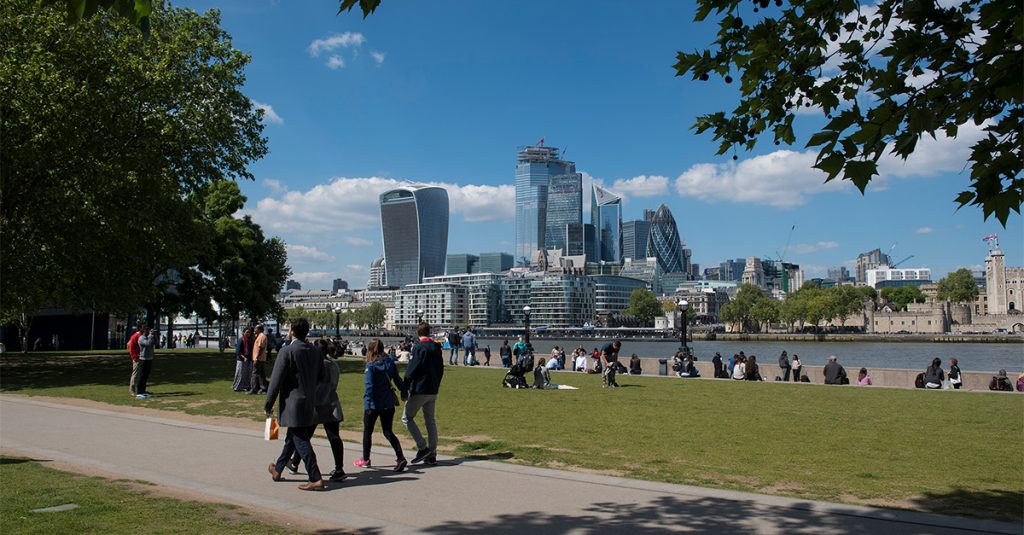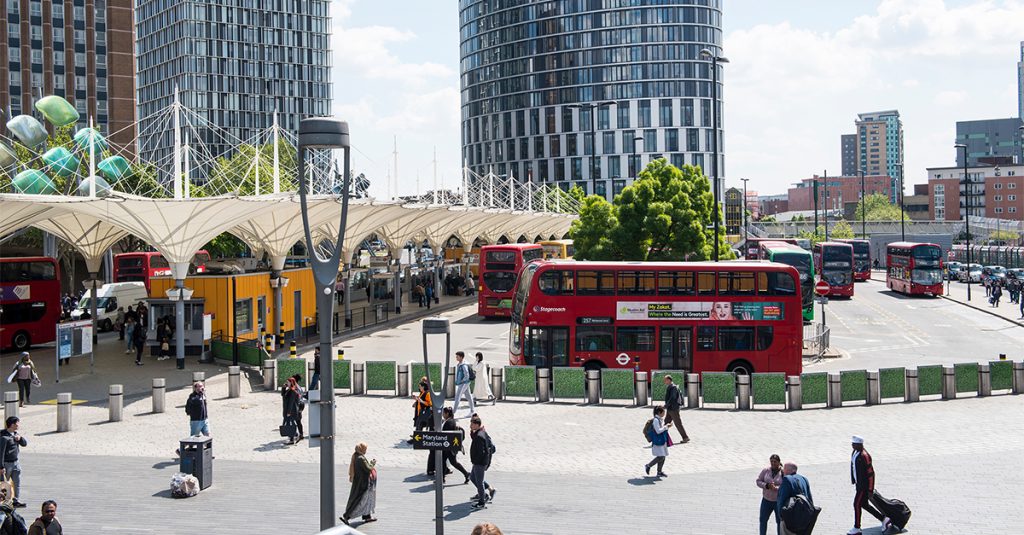
In London we have a diversity of high-quality public spaces, which have evolved over time and heavily contributed to the ways we use our city.
As we emerge from lockdowns and react to new patterns of living and working we should be examining our public realm and what it does for us. In an age of protest, privatisation and digitisation what could public realm 2.0 offer us?
The overwhelming consensus amongst panellists at Jacobs’ recent event at the London Festival of Architecture, was that we need our public spaces to be more open and generous. We need to co-own and co-maintain public realm as well as co-design it. We need to engage deeply with place, which digital tools can enable. A flexibility of place means that anything can, and will, happen. The way we use digital space has transformed enormously over the last 20 years, and our physical space needs to catch up, intertwine itself with the virtual, and learn from it.
While the public realm can offer us exercise, well-being and recreation, and many aspects work well, shouldn’t it also challenge us and become more of a glue for our communities?
If public realm 2.0 is to be co-owned, this means that we need to better engage with its governance. The government’s 2020 white paper on planning reform calls for greater transparency on how we design and plan our villages, towns and cities, and how this uses data and communication of key issues and opportunities. Public space often surprises us, engaging us through performance, art and culture, and those shared moments are becoming ever more important. We can set frameworks that allow and encourage the use of our landscape for more than farmers markets and open-air cinemas. How do those of school-age want to use their public spaces, and can we develop more of a purpose case for them rather than a business case?

Gaming is something that Jacobs uses to engage people with key issues. Play is so important to us, and scientists have discovered that it takes approximately 400 repetitions to create a new synapse in the brain, unless it is done via play, in which case it takes only 10 to 20 repetitions. For the London Festival of Architecture, we created games that offer insight into the impact of decision making, as well as the fun and enjoyment in sharing ideas. Games can become vital ways to test scenarios and make shared decisions, as well as to present complex datasets in a tangible way. The digitisation of space is happening, as we often view a place through the lens of someone’s phone, or judge it via reviews left by others.
Can we better engage with places that we know and love, begin to contribute to the debate around their uses, invite others to share, and create a new, more generous, co-owned public realm 2.0?
We are moving in that direction already, but we need to develop the tools to shape these decisions democratically. Digital space has certain freedoms that physical space does not offer, but it is also largely privatised and commercialised. We can learn from the way that it has been developed and use the best of it to inform and act as a platform for public realm 2.0.






